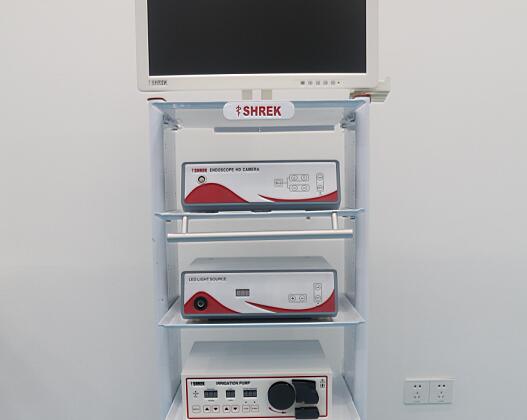Enhancing Surgical Precision and Efficiency with Resectoscopy Camera Systems
Endoscopy has revolutionized the field of surgery, allowing for minimally invasive procedures that can reduce patient discomfort, shorten recovery times, and improve outcomes. One area in which endoscopy has had a significant impact is in the field of resectoscopy, which involves the removal of tissue from within the urinary tract. Resectoscopy is a common procedure for treating conditions such as bladder tumors, urethral strictures, and prostate enlargement. To perform resectoscopy, a specialized camera system is required that can provide clear visualization of the urinary tract and guide the surgeon's instruments. In this essay, we will review the features and benefits of resectoscopy camera systems.

A resectoscopy camera system is a set of devices that are used to visualize the urinary tract during resectoscopy procedures. The system consists of a camera head, a light source, a video processor, and a monitor. The camera head is inserted into the patient's body and provides high-definition imaging of the urinary tract. The light source illuminates the area being examined, while the video processor processes the images and sends them to the monitor for the surgeon to view.
One of the key features of a resectoscopy camera system is the high-definition (HD) imaging capability. HD imaging provides a clearer and more detailed view of the urinary tract, allowing the surgeon to identify and remove tissue more precisely. The camera head may also be equipped with a zoom function that enables the surgeon to magnify the image for better visualization. Additionally, some resectoscopy camera systems may offer 3D imaging, which provides a more realistic view of the anatomy.
Another important feature of resectoscopy camera systems is their ergonomic design. The camera head is designed to be lightweight and easy to handle, reducing strain on the surgeon's hand and wrist during long procedures. The system may also include a range of instruments that can be easily attached to the camera head, such as cutting loops, cauterization devices, and biopsy forceps. These instruments can be operated using a foot pedal, allowing the surgeon to keep both hands on the camera head for optimal control.
Finally, resectoscopy camera systems may also offer advanced features such as image enhancement and filtering. These technologies can help to improve image quality in challenging conditions, such as when there is poor lighting or bleeding during the procedure. The system may also include software that can assist the surgeon in measuring and documenting the tissue removed during the procedure.
In conclusion, a resectoscopy camera system is a vital tool for performing resectoscopy procedures. The system provides high-definition imaging of the urinary tract, allowing the surgeon to perform the procedure more precisely and efficiently. With ergonomic design, a range of instruments, and advanced features, resectoscopy camera systems can help to improve patient outcomes and enhance the overall quality of care.



Leave a message